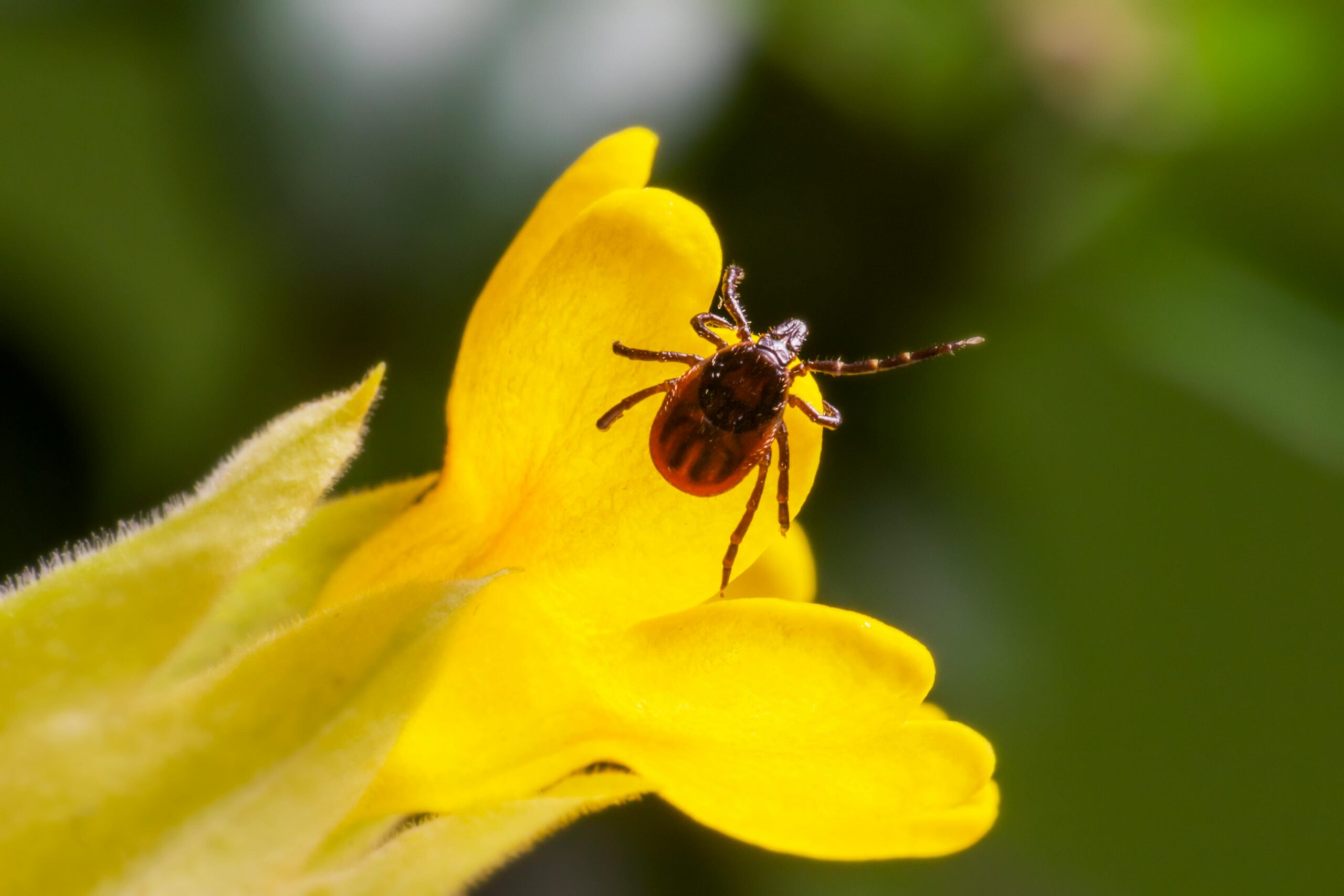Fleas and ticks are more than just a nuisance—they present serious health risks to both humans and pets. These persistent pests can quickly transform from a minor annoyance into a full-blown flea infestation home scenario that’s difficult to control. This comprehensive guide explores effective integrated pest management strategies for dealing with these unwelcome visitors, including thorough home cleaning techniques, yard treatment options, and guidelines for determining when professional pest control services are necessary. With the right approach, you can reclaim your living spaces and outdoor areas from these troublesome parasites.
Understanding the Enemy: Fleas and Ticks
Before tackling any pest problem, it’s essential to understand what you’re dealing with. Fleas are small, wingless insects that feed on the blood of mammals and birds. They reproduce rapidly, with females laying up to 50 eggs per day, which can quickly lead to a severe flea infestation home situation. Ticks, on the other hand, are arachnids that also feed on blood and can transmit serious diseases like Lyme disease and Rocky Mountain spotted fever. Both pests thrive in warm, humid environments and can enter your home via pets, wildlife, or even on clothing.
The life cycle of fleas includes four stages: egg, larva, pupa, and adult. Understanding this cycle is crucial because different treatment methods target different life stages. Eggs and larvae typically hide in carpet fibers, furniture crevices, and bedding, while adults primarily live on host animals. This complex life cycle is why many homeowners struggle to completely get rid of fleas house-wide without a systematic approach.
Home Cleaning Strategies for Flea and Tick Control
When dealing with a flea infestation home problem, thorough cleaning is your first line of defense. Start by vacuuming all floors, furniture, baseboards, and under furniture daily. Pay special attention to areas where pets spend time. Empty the vacuum bag or canister immediately after use into a sealed plastic bag and dispose of it outside to prevent reinfestation.
Launder all bedding, throw rugs, and pet bedding in hot water and dry on high heat. For items that can’t be washed, consider steam cleaning, which can kill fleas at all life stages. For severe infestations, you might need to treat carpets and upholstery with appropriate insecticides or growth regulators that specifically target fleas. Many homeowners have found success with diatomaceous earth, a natural substance that can help get rid of fleas house-wide by dehydrating the pests upon contact.
Don’t forget to treat your pets simultaneously with veterinarian-approved flea treatments. According to experts at AskHomey, coordinating pet treatment with home treatment is crucial for breaking the flea life cycle effectively.
Yard Treatments for Tick and Flea Control
The battle against fleas and ticks doesn’t stop at your doorstep. Effective tick control yard strategies are essential for preventing reinfestation. Start by keeping your lawn mowed short and removing leaf litter, brush piles, and tall grasses where ticks thrive. Create a barrier of wood chips or gravel between wooded areas and your lawn to reduce tick migration.
For natural tick control yard methods, consider cedar mulch in garden beds and around the perimeter of your property, as its natural oils repel many insects. Nematodes, which are microscopic worms that feed on flea larvae, can be applied to soil as a biological control method. Some homeowners also plant tick-repelling plants like lavender, rosemary, and chrysanthemums as part of their landscaping.
For more stubborn problems, yard treatments containing permethrin or other approved insecticides can be applied to targeted areas. Always follow manufacturer instructions carefully when applying any chemical treatments to ensure safety and effectiveness.
When to Call Professional Pest Control
Despite your best efforts, some situations require professional intervention. Consider calling pest control if you’ve tried multiple treatment methods and still see signs of fleas or ticks, if you have a severe infestation that’s spreading quickly, or if you’ve identified disease-carrying tick species on your property.
Professional pest control services have access to stronger treatments and specialized equipment that can reach areas you might miss. They can also develop a customized treatment plan based on your specific situation, the layout of your property, and the severity of the infestation. Most importantly, they understand the complexities of different pest life cycles and can time treatments for maximum effectiveness.
When selecting a pest control service, look for companies that practice integrated pest management—an approach that combines multiple control methods while minimizing environmental impact. Ask about their experience specifically with flea infestation home problems and tick control yard services, and inquire about follow-up visits to ensure complete eradication.
Preventing Future Infestations
After successfully eliminating fleas and ticks, maintaining vigilance is crucial. Regularly inspect and treat pets with veterinarian-recommended preventatives. Continue routine vacuuming and cleaning, especially during warm months when fleas and ticks are most active. Keep your yard maintained and consider seasonal treatments as a preventative measure.
Creating a less hospitable environment for these pests is key to long-term control. Reduce wildlife visitors by securing garbage cans and removing food sources that might attract animals carrying fleas and ticks. Additionally, consider tick-repellent landscaping strategies that can help maintain effective tick control yard-wide.
For more tips and to connect with reliable home service professionals, follow AskHomey on Facebook and Instagram.



